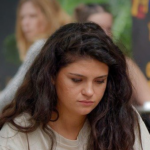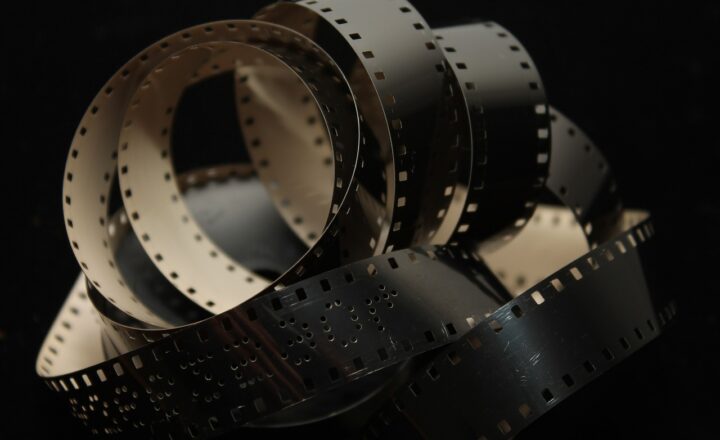What Makes a Good Anti-Hero? Exploring Characters Like Deadpool and Venom
November 16, 2024

Anti-heroes have become a staple in modern storytelling, captivating audiences with their complex personalities and morally ambiguous choices. Unlike traditional heroes who embody virtue and altruism, anti-heroes often tread the murky waters of morality, making decisions that challenge the status quo. In this article, we’ll delve into what defines a good anti-hero and explore iconic characters like Deadpool and Venom, examining the traits that make them resonate with fans.
1. The Concept of an Anti-Hero
The term “anti-hero” refers to a central character who lacks conventional heroic qualities. These characters often display traits that can be perceived as flaws, yet they still engage audiences through their unpredictability and relatable struggles. Anti-heroes may be motivated by personal gain, revenge, or a desire to challenge societal norms, painting a picture of complexity that traditional heroes often lack.
Key characteristics of anti-heroes include:
- Moral Ambiguity: Unlike classic heroes, anti-heroes often operate in grey areas, blurring the line between right and wrong.
- Flawed Personalities: They may exhibit selfishness, sarcasm, or even violent tendencies, making them relatable to audiences who also feel flawed at times.
- Complex Motivations: Their goals often stem from personal trauma or societal issues, making their actions understandable even when misguided.
These traits serve to create depth that engages viewers on both emotional and intellectual levels.
2. The Appeal of Anti-Heroes
The rise of the anti-hero in popular culture can be traced to a collective yearning for characters who reflect the complexities of real life. The appeal lies in their imperfections and the rawness of their struggles.
Here are several reasons why audiences connect with anti-heroes:
- Relatability: Many people feel disconnected from the archetypical hero, often seeing themselves more in anti-heroes who struggle with their demons, dilemmas, and society’s expectations.
- Unpredictability: Anti-heroes often introduce a sense of unpredictability to the story. Their willingness to bend or break rules keeps audiences on the edge of their seats.
- Challenge to Norms: Anti-heroes disrupt the traditional narrative, reflecting a growing demand for stories that challenge moral absolutes and present varied perspectives.
This newfound complexity in characters resonates particularly well with audiences in contemporary storytelling, leading to the massive popularity of figures like Deadpool and Venom.
3. Deadpool: The Merc with a Mouth
Deadpool, created by writer Fabian Nicieza and artist Rob Liefeld, made a splash in the early 1990s and has since become one of the most beloved anti-heroes in popular culture. Ryan Reynolds’ portrayal in the film adaptations has further cemented this status.
**Key Characteristics of Deadpool:**
- Self-Awareness: Deadpool often breaks the fourth wall, making references to his own fictional reality. This self-awareness makes him unique among anti-heroes and allows humor to permeate even the darkest moments.
- Flamboyant Humor: His snarky banter and crude humor create a stark contrast to the violent situations he often finds himself in, making him approachable despite his ruthless nature.
- Complex Backstory: Wade Wilson’s tragic backstory as a cancer patient who turns to extreme measures for treatment adds depth to his character, creating empathy even for someone who often behaves recklessly.
Ultimately, Deadpool’s complicated nature and defiance of traditional hero tropes have made him a fan favorite while challenging the boundaries of what it means to be a hero.
4. Venom: The Symbiotic Anti-Hero
Venom, originally an adversary of Spider-Man, has also gained traction as an anti-hero in his own right. Created by David Michelinie and Todd McFarlane, Venom showcases an equally compelling appeal as an anti-hero.
**Key Characteristics of Venom:**
- Duality: The character of Eddie Brock becomes deeply intertwined with the Venom symbiote, creating a duality that reflects the struggle of good versus evil within oneself.
- Vigilante Justice: Unlike traditional villains, Venom often aims to take down criminals in intense and violent ways, portraying a warped sense of justice that courts sympathy from his audience.
- Emotional Depth: Venom’s character arc, particularly in recent adaptations, explores themes of redemption, acceptance, and the desire for belonging, making him a nuanced figure in modern comics and films.
These elements contribute to Venom’s compelling nature, solidifying him as another iconic anti-hero in contemporary storytelling.
5. What Makes a Good Anti-Hero?
While each anti-hero brings their unique traits to the table, there are common threads that make an anti-hero compelling and effective:
- Relatable Motivation: Good anti-heroes often have motivations that audiences can resonate with, stemming from personal experiences or societal issues that affect us all.
- Ethical Dilemmas: Their actions often force audiences to grapple with moral ambiguity, challenging conventional beliefs and encouraging critical thinking about right and wrong.
- Evolution Over Time: A well-crafted anti-hero often undergoes an evolution or transformation throughout the narrative, allowing viewers to grow alongside them.
The successful anti-hero embodies complexity, and their journeys often reflect our struggles with morality, identity, and control over our choices.
6. Conclusion
The exploration of characters like Deadpool and Venom offers insight into a unique storytelling avenue that commits to a deeper understanding of human nature. Good anti-heroes transcend traditional storytelling by illustrating the flaws inherent in human morality in an engaging and thought-provoking manner.
From their rich backgrounds to relatable motivations, anti-heroes provide an important perspective within modern narratives. As they continue to evolve and flourish across various mediums, it is evident that anti-heroes will remain a pivotal part of storytelling, reflecting our collective complexities and the grey areas that often accompany our choices.
Embrace the depth and chaos of these characters, and you may find that the line between hero and villain is often much thinner than we might have thought.







